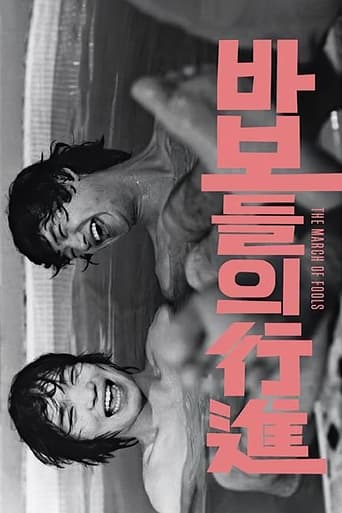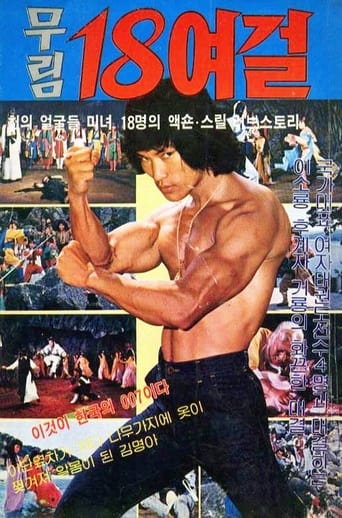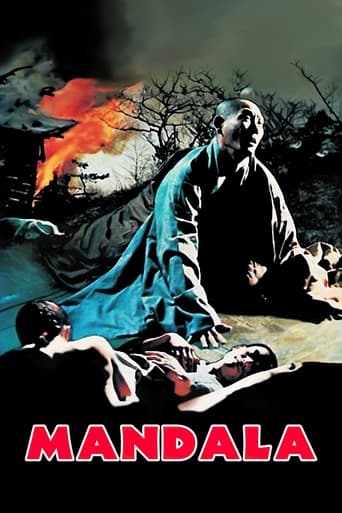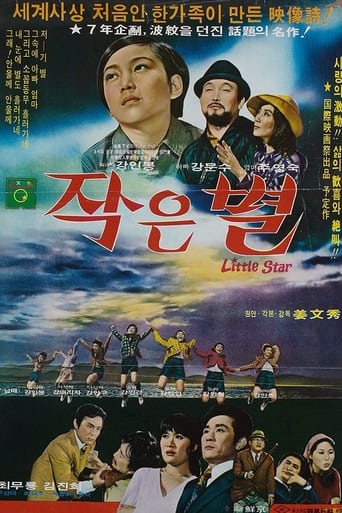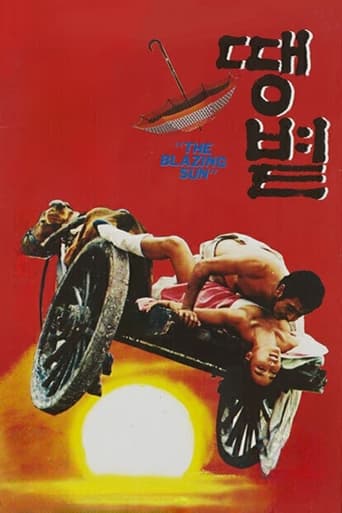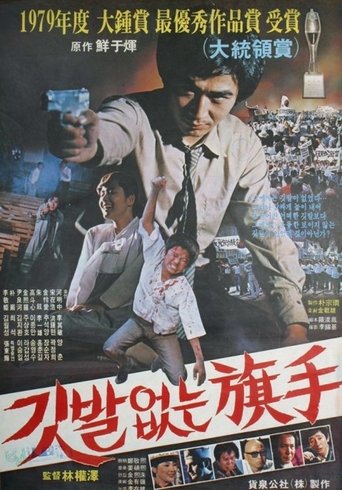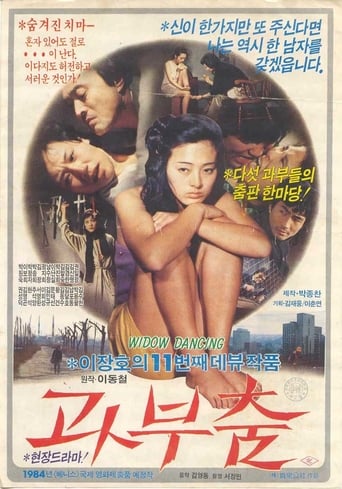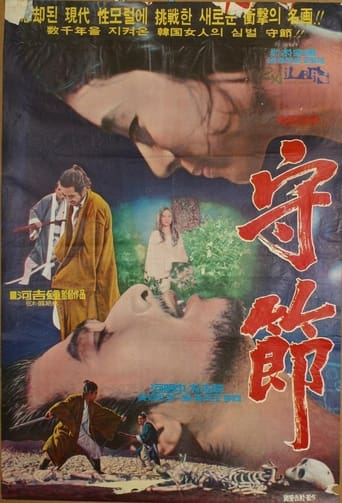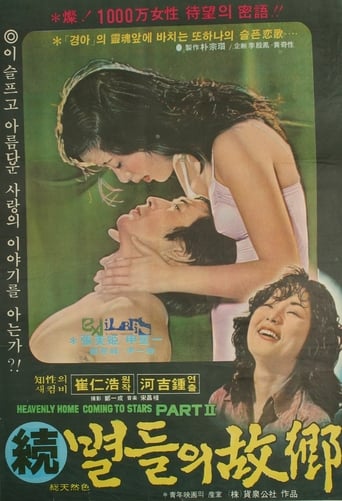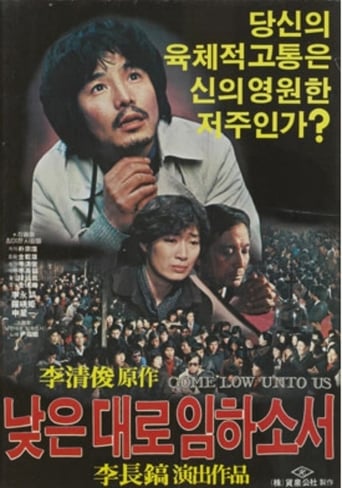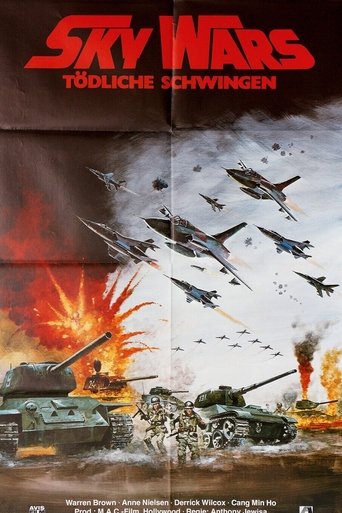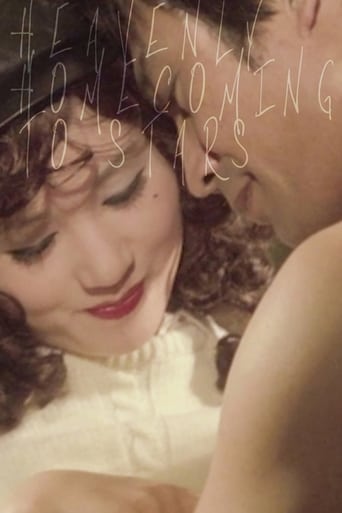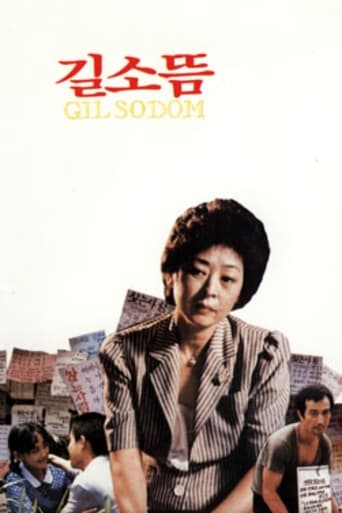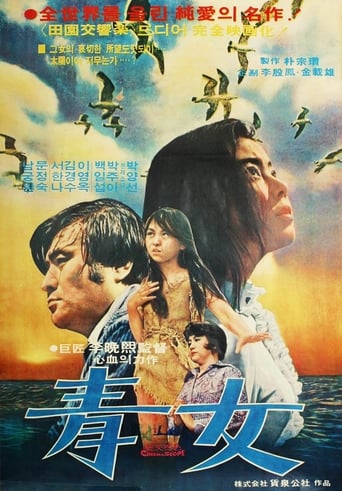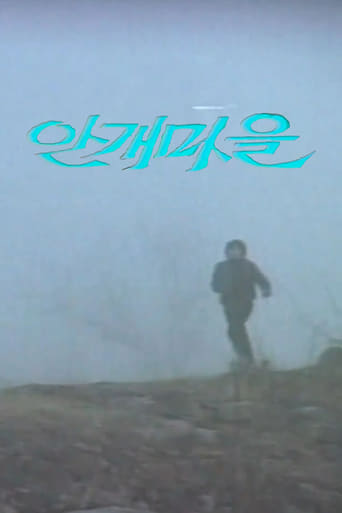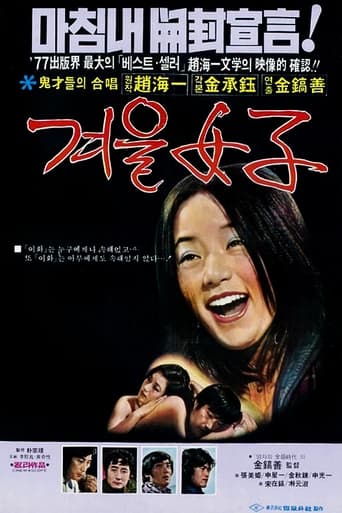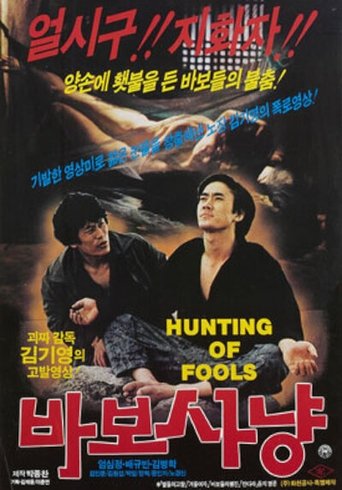Seok-ho is unable to overcome his fear that he will not graduate from college for only a limited number of the class will get their diplomas. Seok-ho tries to kill himself and ends up in a mental institution. Then he persuades his fellow patient, Hong-ik, to escape with him. After dealing with several incidents, they become miners. They meet a simple young woman. In order to construct an ideal land, they head for a deserted island in the South Sea. However, just before they're about to leave for the island, Seok-ho realizes that the island is a fantasy of an insane man so he runs off with the woman. Left behind, Hong-ik is disheartened but he gets together with the elderly innkeeper couple whose own son died of a mental illness. They head for the deserted island on a boat.
